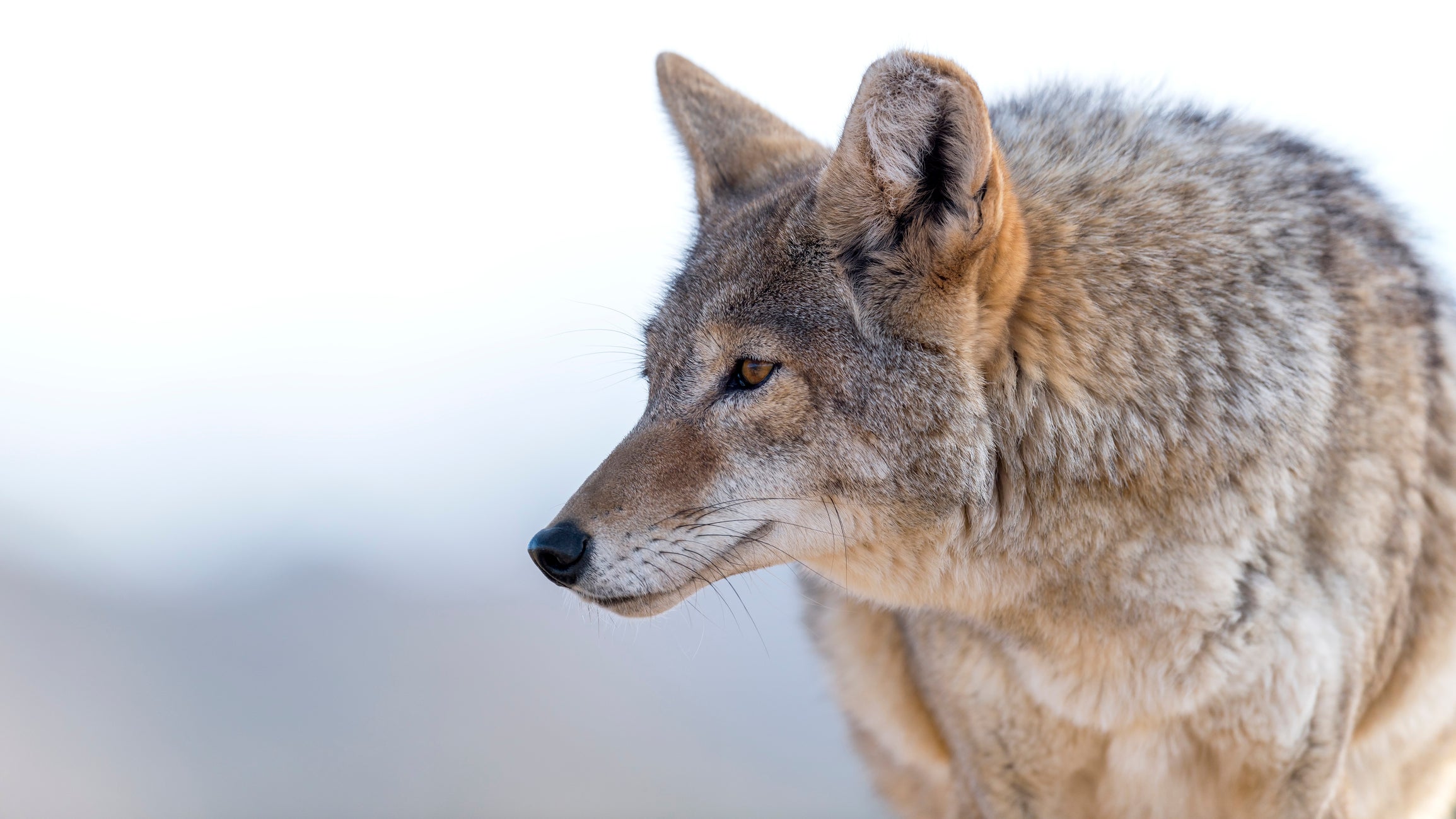Coyotes are normally elusive and avoid human contact at all costs; however, due to residential development of forest lands and a continually growing coyote population, sightings of the forest ghosts are on the rise.
Even with the rise in population and loss of habitat, experts say, humans are more likely to be bitten by an alligator or a shark than a coyote.
In fact, errant golf balls and flying champagne corks kill more people each year than are bitten by coyotes, according to the Humane Society.
Wildlife expert Robbie Pavey said healthy coyotes do not see adult humans as prey items and therefore go out of their way to not be seen.
“I was on a walk and saw what I thought were several tiny puppies and realized they were actually baby coyotes. No sooner did I see them, I heard a noise, not a howl or anything, but what sounded like clicking or chirping and those tiny furballs scattered and were gone. I only saw the mother for a second as she slipped into the brush,” Pavey said.
MORE: Competitors go hog wild at Georgia-Carolina State Fair
Coyotes are not native to the southern United States and are considered an invasive species. Over several decades, the animals migrated to this region where they thrive because they have no predators in the wild.
Long the bane of deer hunters, coyotes will eat virtually anything, but their favorite meals are fawns and juvenile deer. There is no “coyote season” for hunters in Georgia, the animals can be culled year-round.
Dan Eaton, of CSRA Trapping Service, participated in a tri-state study conducted by the University of Georgia’s Warnell School of Forestry and says researchers discovered there are two distinct groups among the species locally: resident and transient.
According to Eaton, resident coyotes will generally stay in roughly the same area all their lives, have a healthy fear of humans and steer clear of neighborhoods.
However, transient coyotes are another matter.
A transient coyote can be a juvenile looking for a permanent territory or an adult that has lost its mate. According to the UGA study, transient coyotes can cover a 60-to-100 mile area using power line cutouts and forests along highways to get around.
Transient coyotes have little fear of humans and are less likely to maintain space, according to Eaton.
“I have had calls to come down and remove coyotes from downtown Augusta,” Eaton said.
Pavey says researchers at the Savannah River Ecology Lab were surprised to learn, when autopsying and studying the stomach contents of culled coyotes, that small house pets were a part of the animal’s diet.
As humans continue to raze forest areas to build subdivisions and golf courses, encounters are bound to happen, Eaton said.
MORE: Events seek to alleviate overcrowded animal shelters
“There really is no way to count the population and come up with a ballpark figure, but coyotes have no natural predators and a typical yearly litter is around six pups,” Eaton said.
October through January is the time of year when juveniles leave their parents and strike out on their own, and Eaton says residents should be aware the animals are out there even if they are never seen.
“Don’t leave a small pet alone in the backyard and certainly don’t leave a toddler outside unattended. Coyotes are opportunistic hunters ,and they can appear seemingly out of nowhere,” Eaton said.
Normally, coyotes are active at dusk and during the night, so it is best to make sure garbage cans are secure and any uneaten pet food be brought inside so as not to attract the elusive beasts.
Scott Hudson is the senior reporter for The Augusta Press. Reach him at scott@theaugustapress.com











